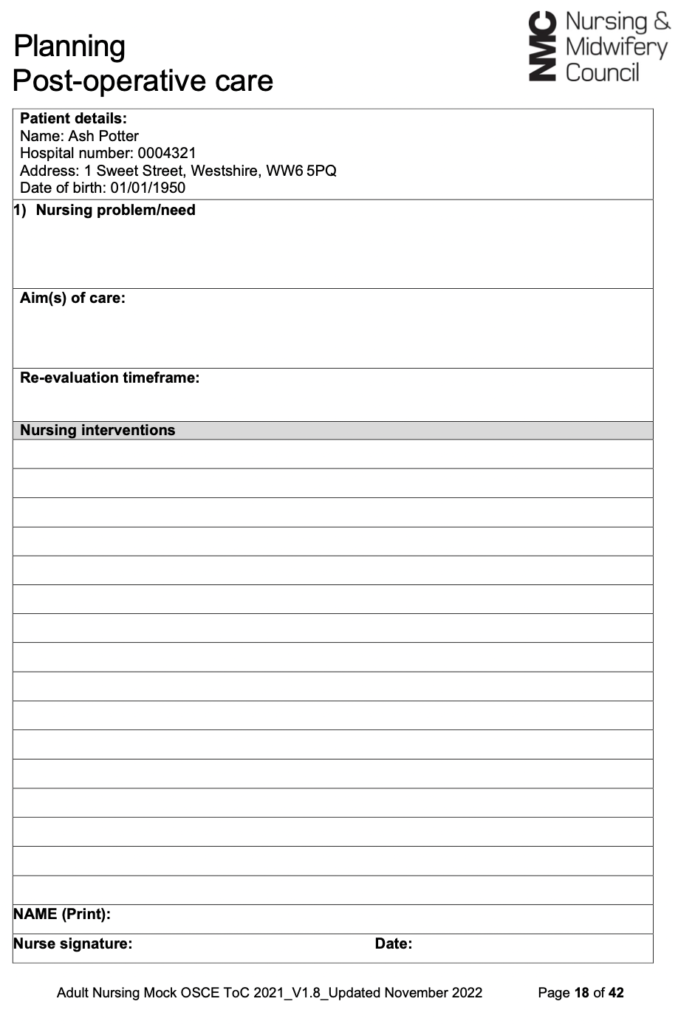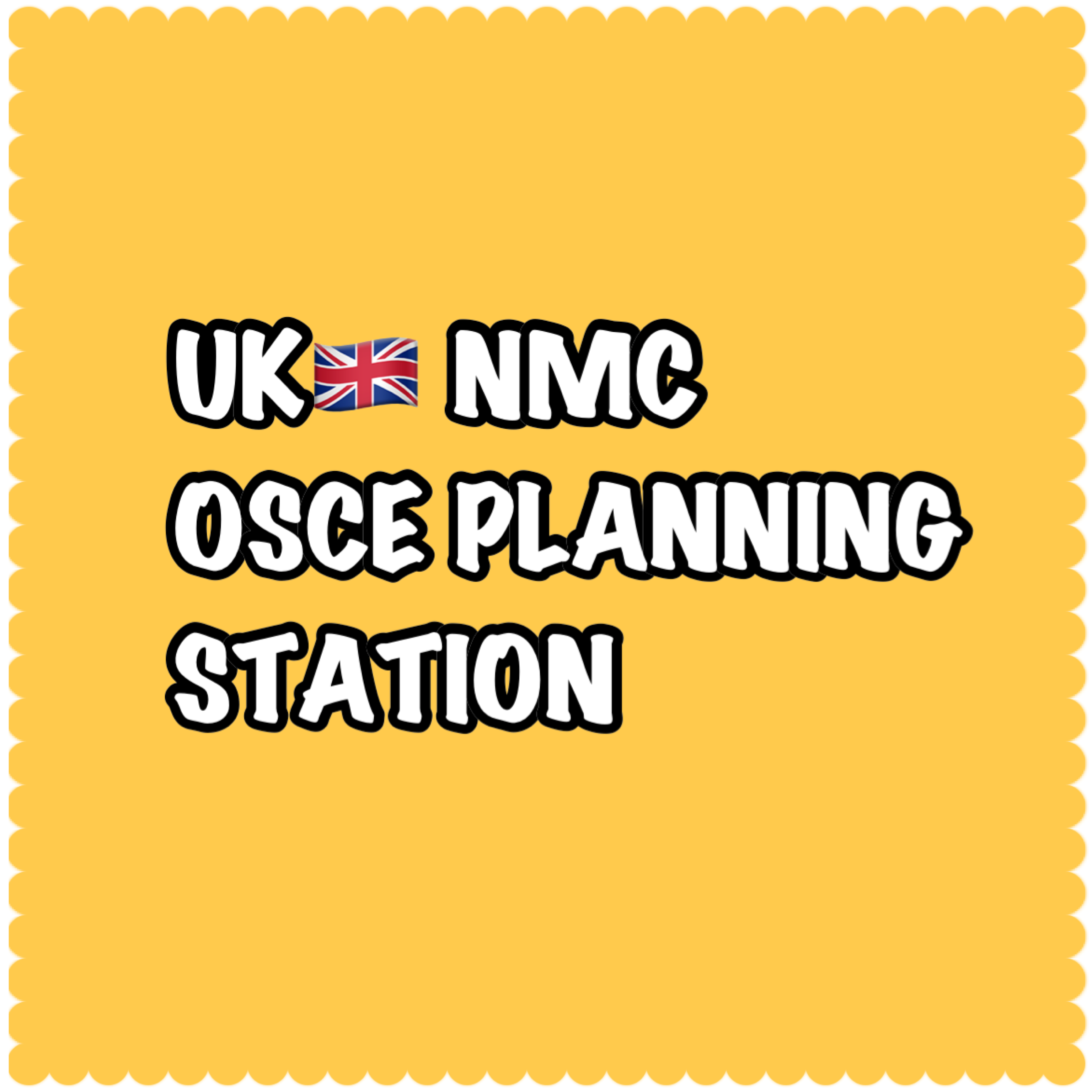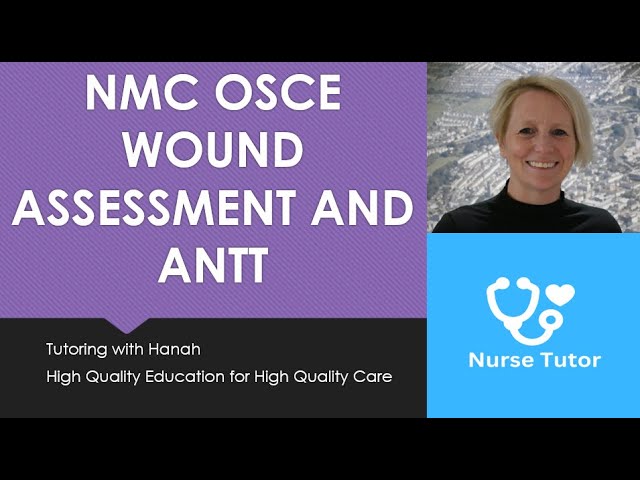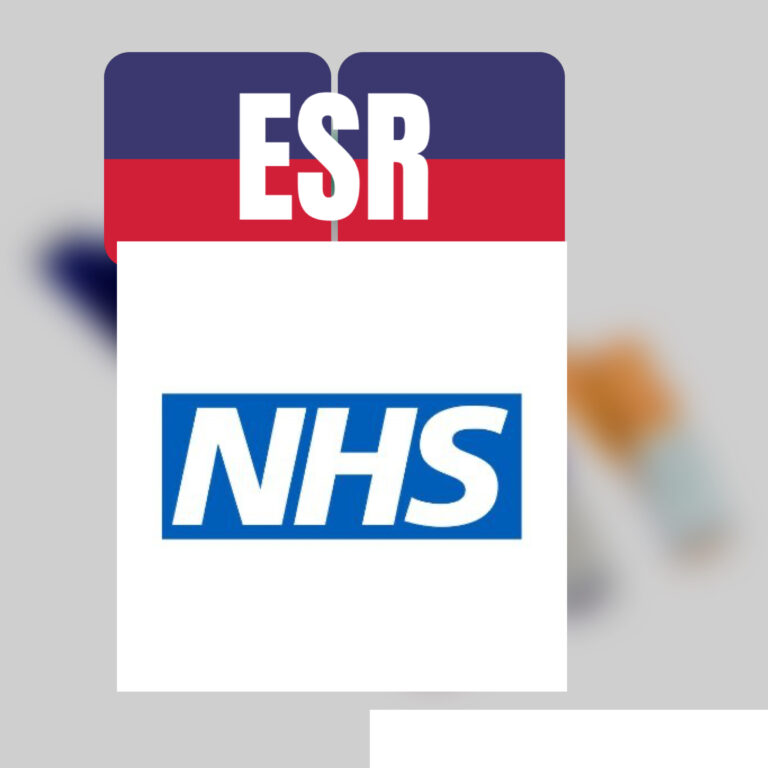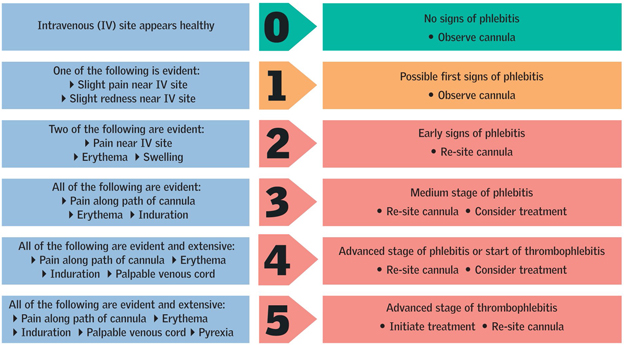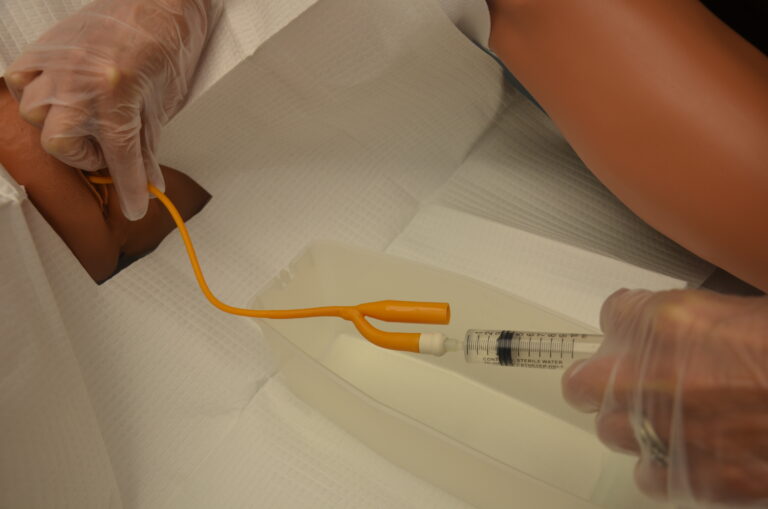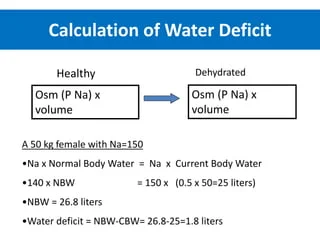Planning Station in APIE Stations of NMC OSCE 2024
In planning station (silent station), you need to complete two care plans of most important problems within 14 minutes under the following headings. You will be provided with your NEWS2 chart/GCS Chart/Community Assessment Chart that you used for the assessment station of APIE. But patient may be a pre op patient in assessment, but will be usually post operative in the planning scenario.
Planning Station in APIE Stations of NMC OSCE
You need to read the Planning Station Scenario properly in one minute given for that before starting of the station. You have to prioritise your care plans according to the data obtained in Assessment station. Common Nursing Problems that usually arise are Pain, Confusion, Shortness of breath, Immobility, Activity Intolerance, Anxiety etc.
Its advised that you should practice by writing above said care plans within time frame of 14 minutes.
If you made any mistake, strike off in a single line and don’t forget to put your signature below the error made.
Its advised that you fill in candidates detail, patient details, signature, date and time before starting writing of your care plan in case you run out of time. We will see each item of nursing care plan in detail.
Frequently given Scenarios
Frequently given scenarios are the same given for the assessment station that includes, The scenarios you can get during the assessment stations are Anxiety and Depression, Asthma, Chronic Heart Failure, Ectopic Pregnancy, Fall and Fracture, Hernia, community assessment, Homelessness, Pneumonia and Subdural hematoma. It is advised to prepare yourself with familiarizing to the above said scenarios by creating relevant nursing problems and their possible nursing interventions.
Nursing Problem
There is no need to write NANDA nursing diagnosis, you can state problem simply using SMART method ie Simple, Measurable, Achievable, Recordable and Time bound
For eg. instead of ineffective breathing pattern you can write shortness of breath in case of pain, you can simply write head ache(or any other pain as per scenario)
You need to remember that you mention patients ‘name’ instead of using ‘patient’ or ‘client’ in all parts of care plan
An eg. for nursing diagnosis or problem is Mary is experiencing shortness of breath related to acute asthma as evidenced by respiratory rate of 24 breaths per minute
You need to fill the part of “as evidenced by” with data you have got from assessment station
Nursing Goal
As for all other care plans, this should be in future tense but measurable using pain score, observations or objective data
Eg. Mary will maintain normal respiratory rate of 18 – 20 breaths per minute
Re Evaluation Date
Here you have to write “Today (date), at the end of every shift and as Mary’s clinical condition changes” But if its a pain, you should also mention 30 minutes after giving pain medication
Eg. 10/04/2019, at the end of every shift and as Mary’s clinical condition changes
Nursing Interventions and self care
Nursing Interventions can be completed using the ‘EMATA RID’ method. This is explained as follows
E – Explain
Explain and Discuss all aspects of care and gain consent for all nursing interventions
M – Monitor
For Breathing Problems – Monitor and Record Observations every ——— hourly especially respiratory rate and oxygen saturation and escalate as per NEWS2 Policy
For Neurological Patient with GCS Score = 15 – Monitor and Record Observations every 30 minutes for 2 hours, then every hourly for next 4 hours and every 2 hours thereafter until patient (name) becomes stable until GCS becomes 15/15 and escalate as per NEWS2 policy
If GCS < 15 – Monitor and record observations every 30 minutes until GCS becomes 15 and escalate as per NEWS2 Policy
For Risk for Hemorrhage – Monitor and Record observations every 15 minutes for one hour, every 30 minutes for two hours and then every two hourly for four hours and escalate as per NEWS2 policy
A – Assess
Assess for signs of deterioration
Assess for pain using Pain assessment tool and PQRST Method
Assess Nutritional status using MUST Score
Assess for signs of bleeding
Assess Mobility status of patient using Falls Risk Assessment Tool
T – Teach
This is the health education part
Mention Smoking cessation program or harmful effects of smoking
Use of Assistive devices
Educate about usage of Repositioning Techniques, Range of Motion Exercises etc.
Educate about using PFM for Bronchial Asthma Patients
Educate about use of Deep Breathing Exercises, Diversion activities, Need for Exercise etc.
Educate about signs of bleeding, signs of respiratory distress
Educate about the disease condition and need for drug compliance
Promote Knowledge and understanding of patients condition to patient and immediate relatives
A – Administer
Administering Medications and monitoring the effect of medication comes under this section
R – Refer
Referral to Physiotherapist, Dietician, Occupational Therapist, Chaplain, Social Services , Smoking Cessation Program etc. comes in‘R’
I – Instruct
Instruction to use call bell
Instruction not to move out of bed without assistance in case of immobility
D – Document
This is your last intervention which is to write “Document all Care Planned”
